Finding the Right Size: A Frustrating Journey

Have you ever ordered clothes online only to find out they don't fit when they arrive? It's happened to me more times than I can count. It seems like every brand has its own idea of what constitutes a Medium or a Large, and it's driving me (and probably you) up the wall. Let's dive into this mess and see if we can make sense of it.
The Frustration of Inconsistent Sizing
You know the drill: you're browsing online, you see that perfect Cyberpunk Top or that cool Festival Shirt, and you check the size chart. But wait, what's this? An XL in this brand is equivalent to a Large in another, and maybe even a 2XL somewhere else. How are we supposed to navigate this chaos?
I recently had this experience with a graphic t-shirt. I ordered my usual size, feeling pretty confident. When they arrived, they were way too tight. So, I exchanged them for the next size up, but those turned out to be too loose. I felt like Goldilocks trying to find the perfect fit! It made me wonder if there’s any way to avoid this hassle.
Sizing Isn't Standardized
Here's the thing, brands design their clothes based on different body types and demographics. What’s considered Medium in one country might be a Large in another. Add to that the different fabrics and cuts, and you have a recipe for confusion.
For example, a brand that targets athletic builds might have tighter fits, whereas another brand that focuses on comfort might have looser sizes. It’s all about who they think their customer is. But where does that leave us, the average shopper, just trying to find something that fits?
The Solution: Measure and Match
If you know your measurements, you can compare them to the brand’s size chart and get a better idea of what will fit. This approach has saved me from a lot of headaches (and returns).
Check out our 3-Step T-Shirt Fitting Guide to Measuring and Ordering the Right T-Shirt Size.


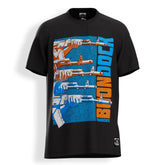

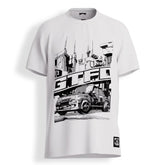

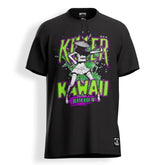

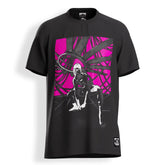










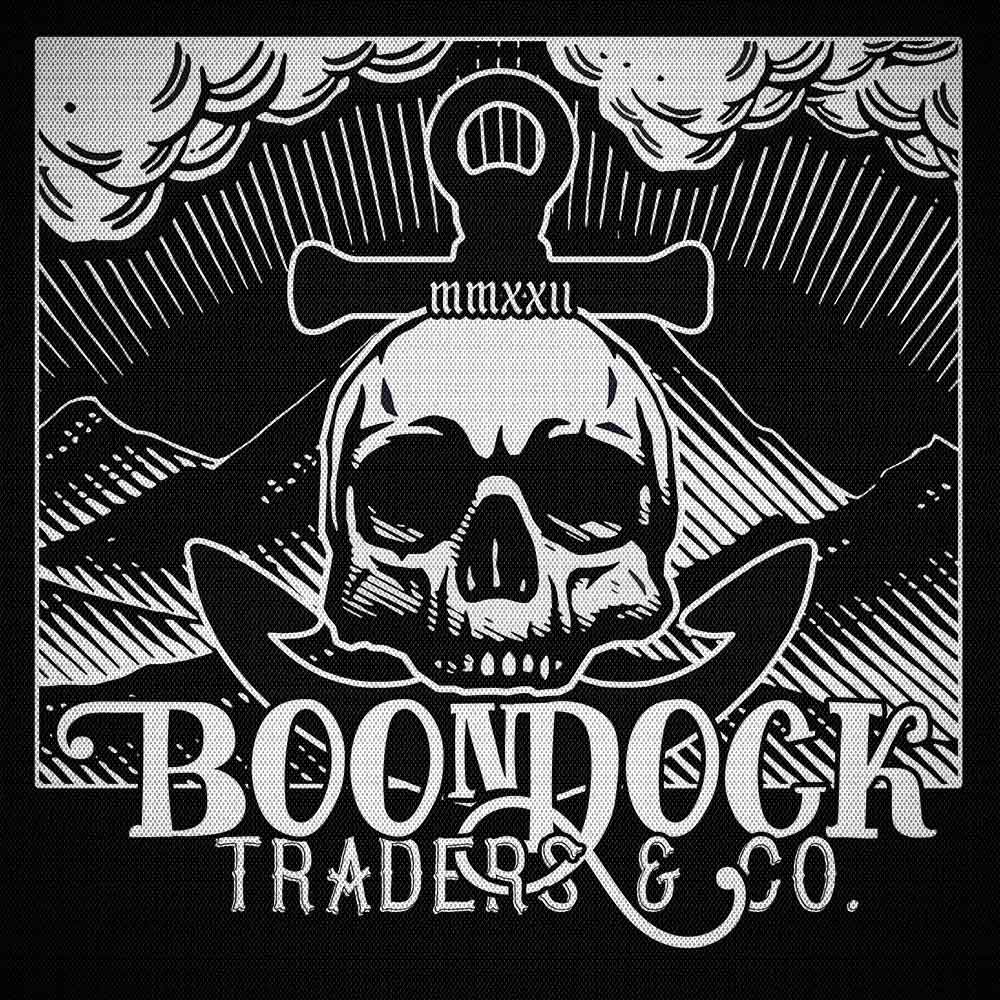
Leave a comment
Please note, comments need to be approved before they are published.